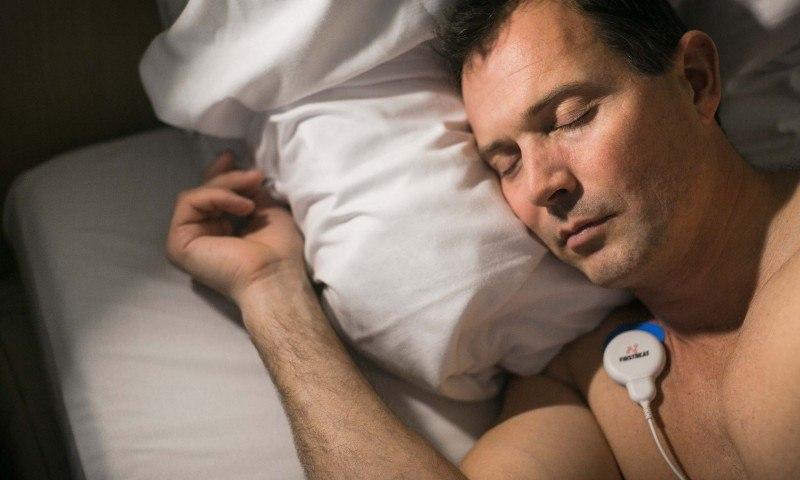
Most Common Causes of Chronic Lack of Sleep
Sallinen 2008). Insufficient sleep is also a typical topic in Firstbeat’s Lifestyle Assessment feedback discussions. The client usually acknowledges this and might set increased duration of sleep as a personal goal. If the quality of sleep is reduced, the need for longer sleep duration is emphasized (Härmä & Sallinen 2008). In the Firstbeat database (70 000 measured days and nights), only 65% of the recorded sleep time was identified as good recovery (Firstbeat 2013). This, together with not sleeping enough, is bound to diminish a person’s resources and coping in the long run. Typical factors that reduce the amount and quality of recovery during sleep are alcohol, illnesses, stress, intensive exercise late in the evening and poor fitness.
Tips for Dealing with Sleep Problems / Sleeplessness
The most effective way to prevent sleeplessness is to avoid stress. This can seem challenging or almost impossible, but exposure to long-term stress can be significantly reduced by eliminating stress factors ahead of time and dealing with problems promptly. According to a study by the FIOH, lack of sleep and sleeplessness can be reduced for example with the following action points (Härmä & Sallinen 2008):
- Promote individual and flexible work arrangements.
- Scale and organize work better to keep the work hours reasonable.
- Pay attention to a health-promoting lifestyle: regular exercise, healthy diet, good human relations.
- Maintain a regular and sensible sleep-awake rhythm to promote sufficient and good-quality sleep. The recommended sleep time is app. 7-8 hours per night.
- Relax regularly and separate yourself from work during leisure time.
- Engage in light exercise and/or take a warm bath before bed. This increases the basal temperature and helps the body relax, making it easier to fall asleep.
References:
Härmä, Mikko & Sallinen, 2008. Hyvä uni -Hyvä työ. Työterveyslaitos (”Good sleep -Good work” Finnish Institute for Occupational Health)
Firstbeat database 2013. Firstbeat.
Do you want to know more about your own sleep and recovery?
You might also be interested in


Top 5 Tips for Charging Your Batteries and Recovering During the Summer
There is more to a vacation than closing the office door and plugging in the personal re-charger. Here’s our TOP 5 list of things to remember on a vacation.

Let’s Drink to That! Reflections and Findings on Alcohol and Recovery
Different cultures have different drinking habits. Let’s take a closer look at those of Finnish people. According to statistics, an average Finn older than 15 years consumed 11.2 litres of…



